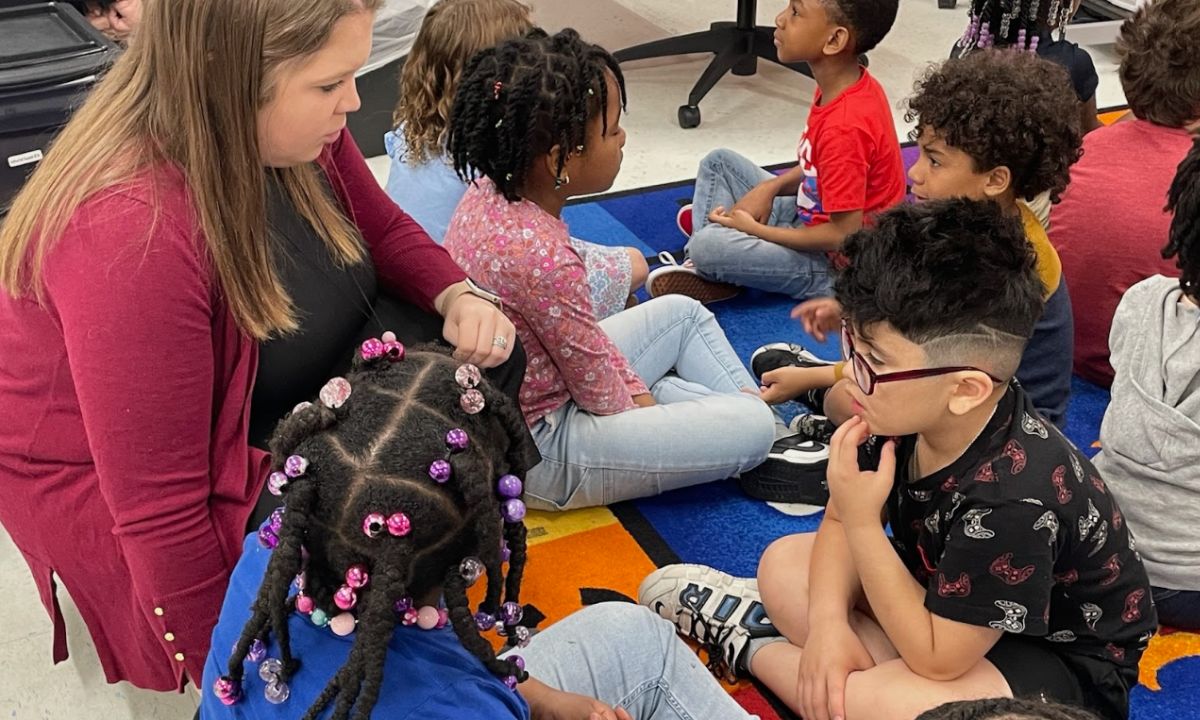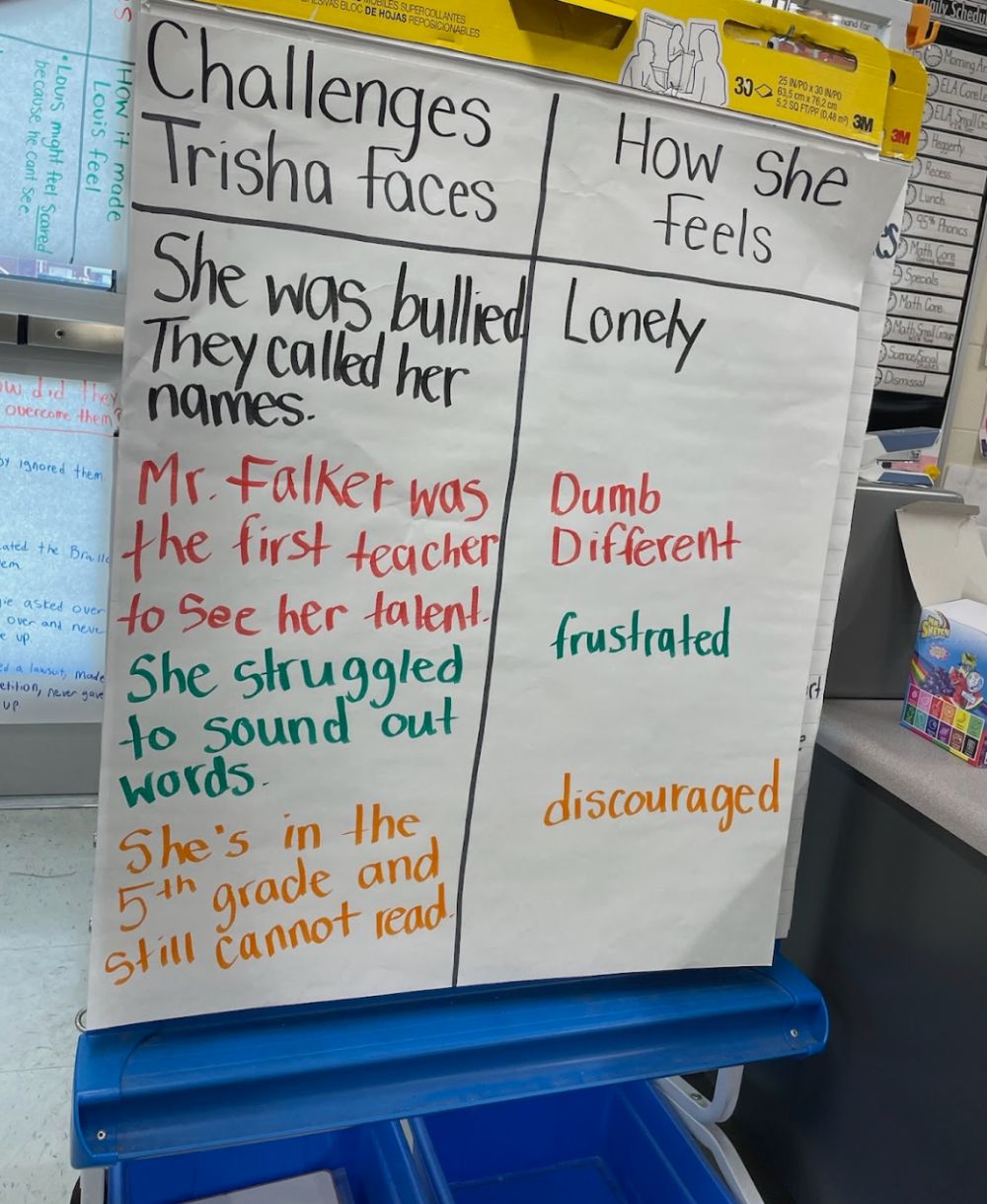Curriculum Case Study: Amid Book Bans and Board Elections, Maryland Schools Embrace the Science of Reading
Chief Academic Officer Frederick Briggs talks about leading Wicomico County Public Schools’ transparent shift to knowledge-building curriculum.

This is part one of a three-part series spotlighting school leaders across Maryland who have recently implemented high-quality literacy curricula. Frederick Briggs is Chief Academic Officer of Wicomico County Public Schools in Salisbury; below, he reflects on the process of adopting high-quality instructional materials with a strong focus on content knowledge during an age of book bans and controversial school board elections.
In November 2022, voters in my corner of southeastern Maryland were facing a contentious school-board election amid a nationwide surge in book bans at school libraries. Wicomico County Public Schools was among the first districts to review and remove All Boys Aren’t Blue, a coming-of-age memoir about being Black and gay. Candidates for the local school board were debating whether bans are a crucial defense against student indoctrination or a destructive form of censorship.
At that same moment, our school leaders and teachers were piloting three new, knowledge-building English language arts curricula. Such curricula use content-rich texts and intentionally build vocabulary and student understanding of core topics, which a divided public tends to view with a skeptical eye. Yet Wicomico County, where I serve as chief academic officer, successfully completed the pilot, adopted a new curriculum with school-board approval, and implemented Fishtank Learning districtwide the following school year.
How did we do it? Changing curriculum is never easy, and a charged political environment can make things even more complex. It involves strategic planning, transparent communication, and community engagement.
By taking a comprehensive and collaborative approach, we successfully navigated the complexities of adopting this new curriculum.
Acknowledge the need for change
For many parents and teachers, the status quo is comfortable. However, the need to change curriculum and instruction was clear when we started this work in early 2022.
Advocates across the state were calling for wholesale change in literacy instruction, which is now codified in a state law requiring all Maryland districts to use curriculum aligned with the science of reading by the 2024-25 school year. Locally, too many of our students were not reading at grade level.
In talking with department heads and teachers, three major issues emerged. First, teachers did not have materials that met state standards or adequate training in teaching phonics. Second, the texts our students read did not meet the needs or reflect the experiences of our increasingly diverse population. (Today, 13 percent of students are English learners compared to about 7 percent five years ago.)
Finally, elementary teachers were spending inordinate amounts of instructional time on reading and math skills, at the expense of science and social studies content. As a result, many of our students lacked content knowledge — particularly students whose families could not readily supplement their education at home. After our social studies and science supervisors brought me a copy of The Knowledge Gap by Natalie Wexler, I was sold on the importance of adopting a knowledge-building curriculum.
Together with the Supervisor of Elementary Reading Dr. Renee Hall, I convened a team of school administrators, instructional coaches, teachers, and other experts to review and choose curriculums to pilot during the 2022-23 school year.
Anticipate challenges in selecting target texts
Our team combed through the texts in the Fishtank Learning units we planned to pilot, which included long lists of aligned texts that teachers could choose for their students.
We carefully chose materials that were less likely to spark public outcry, given the recent ban and controversy over potential bias in public school readings.
While we wanted to ensure the texts included as many “mirrors and windows” as possible, to engage and reflect the experiences of all county students, we were also mindful of the needs and concerns of our community. Maryland state law requires local schools boards to approve curriculum, and the most recent election had focused on whether a single book should be available in a high-school library.
Engage multiple groups of stakeholders
We built in multiple opportunities for stakeholders to see the materials and share their feedback. We collected survey data from teachers, students, and parents about the curriculum and reported that to the public.
In addition, we presented the curriculum in multiple public forums. In the past, this step was not necessary. Administrators would simply present a chosen curriculum to the school board and invite members of the public to review materials at district offices by appointment—which never happened. This time, we wanted to avoid any appearance of sneaking books by the public and face whatever controversy would emerge head-on.
We hosted school-based events where parents could review and ask questions about all of the materials. School-board and other community members also attended and discussed parents’ feedback, questions, and concerns. This established a forum for conversation and discussion, and gave our community time to carefully read and reflect on the curriculum. I believe this process, which occurred over an entire school year, can serve as a model when our district is facing a contentious decision in the future.
Lead without looking back
While teacher, student, and parent feedback from the pilot overwhelmingly supported Fishtank Learning, there were community members who opposed the move. Some of our teachers were not pleased that we were changing materials. And no other school district in Maryland used Fishtank.
Ultimately, with school board approval, we adopted Fishtank and implemented it districtwide in 2023-24. It took a thicker skin than I would have guessed, since none of our curriculum resources in the past had ever attracted such attention and concern. But when something is in the best interests of students, you have to move forward — even if that means taking some daggers along the way.

In the past 18 months, we’ve implemented Fishtank and a phonics program by the 95 Percent Group in all of our elementary schools. We’ve also trained every single elementary school teacher and principal in the science of reading through the LETRS program.
I believe that each of these powerful tools are even more potent in tandem, because they give teachers comprehensive resources and training to implement evidence-based practices in their classrooms.
By engaging our community in a comprehensive review, taking our time with a pilot, and working together with our school board to invest in a new, high-quality curriculum, we are helping all students to become skillful, knowledgeable readers.
Frederick Briggs is Chief Academic Officer of Wicomico County Public Schools in Salisbury, Maryland.
Get stories like these delivered straight to your inbox. Sign up for The 74 Newsletter

;)